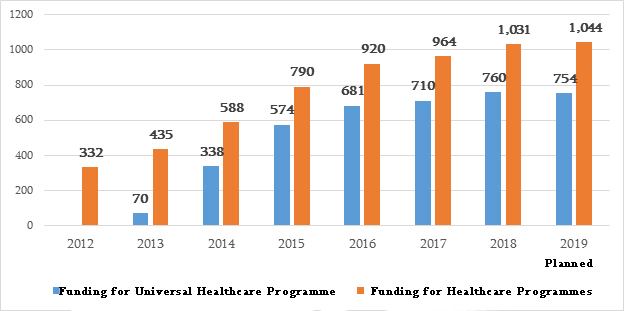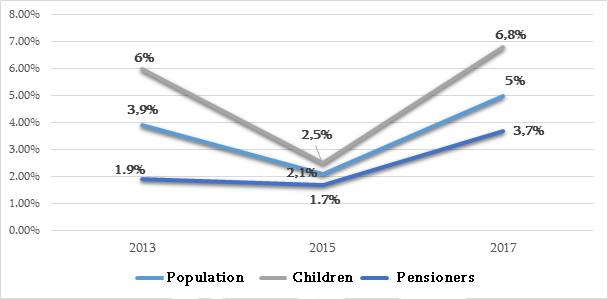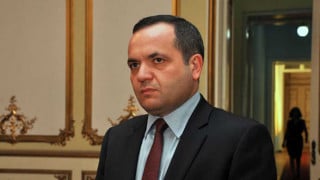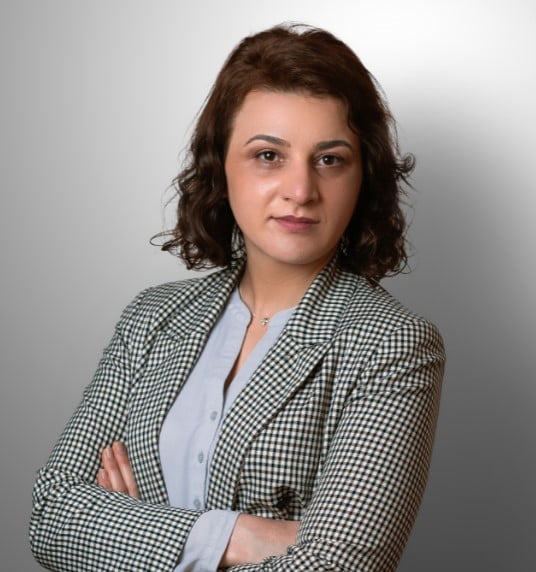Resume: The total funding allocated for healthcare programmes (including health insurance) in 2012 was GEL 332 million. Funding for healthcare programmes increases annually and exceeded GEL 1 billion by 2018. The bulk of those shares - which is more than 70% - are expenses for the Universal Healthcare programme.
Since launching the Universal Healthcare programme, the share of out-of-pocket payments in total healthcare expenses has decreased. However, in accordance with 2017’s data, the population still pays 55% of their healthcare expenses out of their pockets.
Results of UNICEF’s 2017 and 2015 Population Well-Being research studies indicate that since launching the Universal Healthcare programme, the population’s financial affordability vis-à-vis healthcare services has improved. However, the population’s expenses for healthcare have increased significantly which is largely stipulated by a price hike for medications. In addition, the number of those domestic households for which healthcare expenses are catastrophically high has also increased considerably.
The largest share of healthcare expenses (69%) is for medications. The Universal Healthcare programme does not envision funding for medications. In 2017, the Programme for Providing Medicine for Chronic Diseases was launched. The programme, however, only covered a small part of the population. The free medication programme was supposed to cover 150,000 to 200,000 people. In 2017-2018, only 35,661 people were registered in the programme and of this number, only 32,669 individuals became programme beneficiaries (that is, visited a pharmacy and obtained medication).
In accordance with UNICEF’s data, the share of the population living below the general poverty line decreased in 2017 as compared to 2015. The share of the population living in extreme poverty has increased both as compared to 2015 and 2013.
A variety of economic and social factors stipulates the growth of poverty in the country. UNICEF has named the slowing down of the economic growth rate and a significant increase in consumer prices as the underlying reasons for the increase in poverty. The high expenses on the part of the population for healthcare also induce an increase in poverty to some extent; in particular, for low-income families. However, in accordance with UNICEF, the poverty level would have increased in 2017 even excluding the portion of healthcare expenses, albeit to a lesser degree.
Analysis
European Georgia – Movement for Freedom MP, Zurab Tchiaberashvili, in his speech before the Parliament of Georgia, stated: “Despite significant growth in healthcare funding, UNICEF’s research indicates that both general and extreme poverty increased in 2017 as compared to 2015 and 2013. Poverty increased in the general population as well as among children and pensioners. This indicates that it does not matter how much is spent, but how it is spent. It is true that out-of-pocket payments decreased slightly but our citizens pay 58% of their healthcare expenses out of their pockets. They make out-of-pocket payments for services which are not covered by the Universal Healthcare programme and for medications which are also not covered by the programme. The price hike is the highest in this category and, naturally, we have seen an increase in poverty.”
Healthcare programmes increased significantly in 2013-2019. Of total healthcare allocations, the Universal Healthcare programme expenses occupy the largest share. The total funding allocated for healthcare programmes (including health insurance) in 2012 was GEL 332 million. In the last year, funding for healthcare programmes exceeded GEL 1 billion. The bulk of those shares - which is more than 70% - are expenses for the Universal Healthcare programme.
Graph 1: Total Funding for Healthcare Programmes, Universal Healthcare Programme Budget

Source: Ministry of Finance, State Budget Indicators
FactCheck verified the affordability of healthcare for the population since launching the Universal Healthcare programme and the extent to which the population’s healthcare expenses have decreased.
In accordance with the National Health Report, the share of the population’s out-of-pocket payments in total healthcare expenses was 54.7% as of 2017 whilst this figure was 73.4% in 2012. Currently, the share of the state in total healthcare expenses stands at 38% whilst this figure was 21% in 2012. Despite a positive trend, the population continues to pay more than half of their healthcare expenses out of their pockets.
UNICEF’s Population Well-Being reports indicate that since launching the Universal Healthcare programme, health services have become more financially affordable for the population. However, the population’s healthcare expenses have increased which is largely caused by increased prices for medications. In addition, the number of those households for which healthcare expenses are catastrophically high has also increased significantly.
The population’s healthcare expenses increased by 16.4% on average in 2017 as compared to 2015. In 2015, the population’s healthcare expenses increased by 31% as compared to 2013.
UNICEF also studies the size of healthcare expenses for domestic households. Healthcare costs are categorised as being catastrophic if they constitute more than 10% of the family’s expenses or more than 25% of non-food expenses. In 2017, healthcare expenses were more than 10% for 34.2% of domestic households. This figure was 29.8% in 2015 and 23% in 2013. In addition, healthcare expenses accounted for more than a quarter of non-food expenses for 26.4% of the families in 2017. The share of such families was 25.1% in 2015 and 22% in 2013.
The number of those families for which healthcare services were financially unaffordable decreased from 43.1% to 22% in 2017. However, the number of those families which names the purchase of medications as the principal problem increased to 27.8%. This figure was 26.4% in 2015 and 18.4% in 2013.
The bulk of healthcare expenses; that is, 69%, is spent for medications. The state healthcare programme only marginally envisions funding for medications. Therefore, a price hike for medications is directly reflected in the pockets of the population. In 2017, the Programme for Providing Medicine for Chronic Diseases was launched. The programme, however, only covered a small part of the population. The free medication programme was supposed to cover 150,000 to 200,000 people. In 2017, medication programme beneficiaries amounted to 13,010 individuals and 22,651 new beneficiaries were registered in the programme in 2018 (see FactCheck’s article).
The 2017 Population Well-Being report results indicate that the poverty level in Georgia has increased. The poverty level has increased in the general population as well as among pensioners. However, the figures for child poverty have increased the most.
As of 2017, 5% of Georgia’s population, 6.8% of children and 3.7% of pensioners live in extreme poverty.[1] The share of people (including children and pensioners) living in extreme poverty has increased as compared to 2015 and 2013.
Graph 2: Extreme Poverty Figures

Source: UNICEF, Population Well-Being reports
The share of the population living in general poverty[2] increased from 18.4% in 2015 to 21.7% in 2017. The amount of children living in extreme poverty increased sharply from 21.7% to 27.6%. In addition, the amount of pensioners who live in general poverty has also increased.
Graph 3: General Poverty Figures

Source: UNICEF, Population Well-Being reports
UNICEF has named the slowing down of the economic growth rate and a significant increase in consumer prices as the underlying reasons for the increase in poverty.
See FactCheck’s article in regard to the increase in poverty in the country and its underlying reasons.








